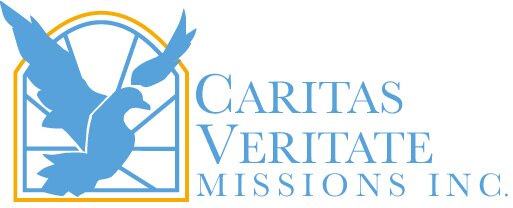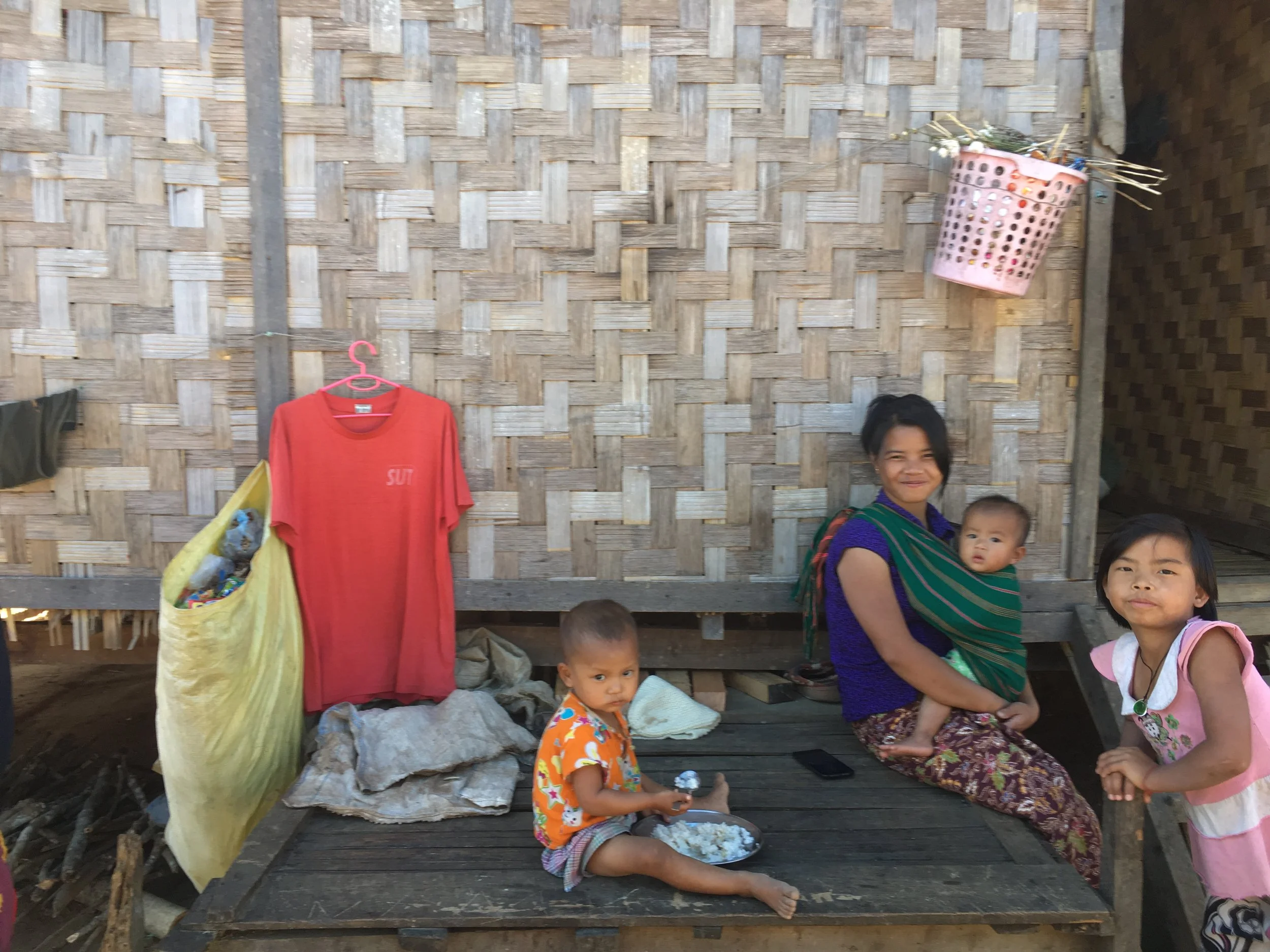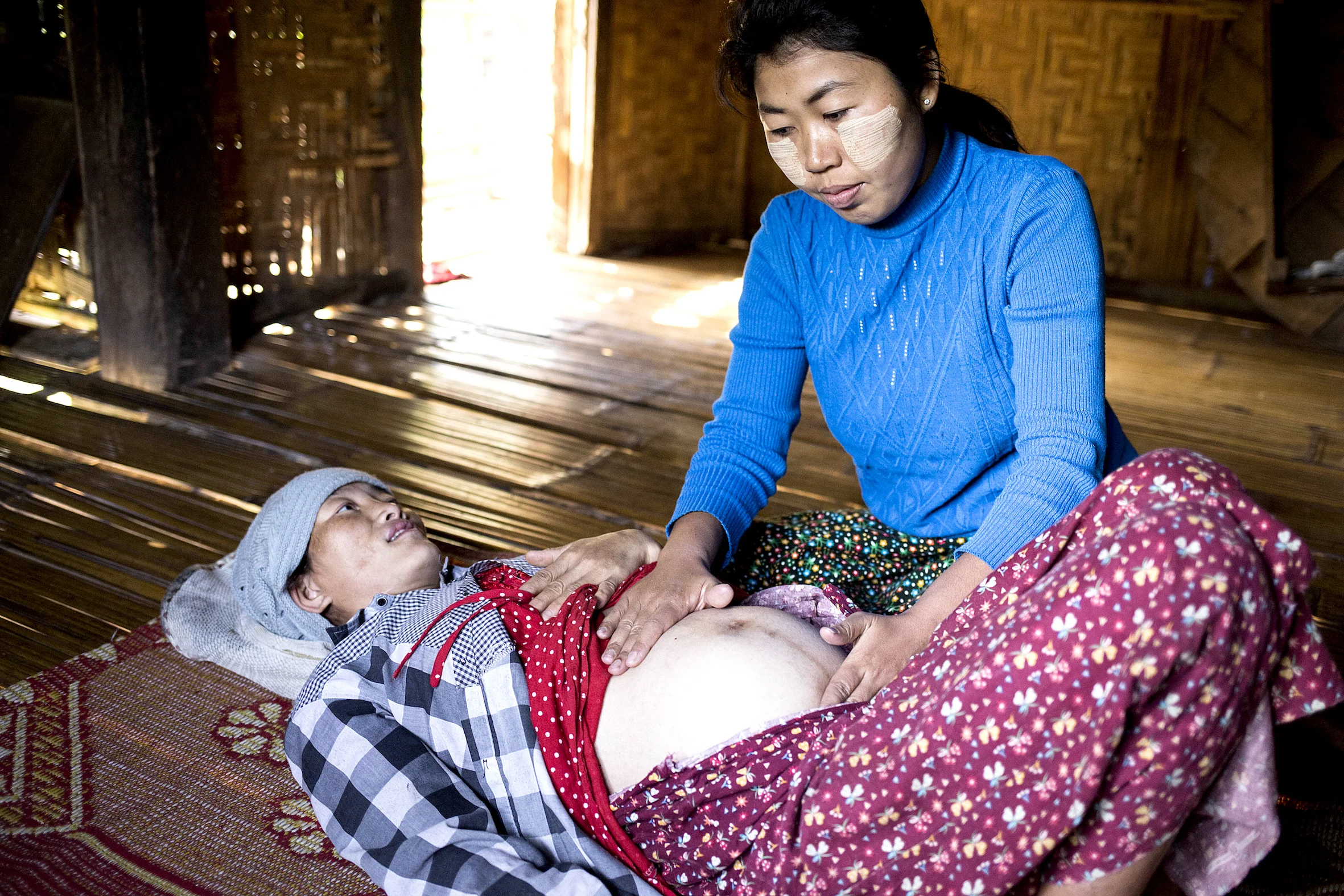Let’s take action to address this urgent humanitarian crisis! Infant and child mortality, along with maternal death and mortality are critical issues that demand our attention. Together, we can make a difference!
Catholic Sisters in Tanzania
The Crisis
Maternal death, or maternal mortality, is defined by the World Health Organization (WHO) as "the death of a woman while pregnant or within 42 days of termination of pregnancy, irrespective of the duration and site of the pregnancy, from any cause related to or aggravated by the pregnancy or its management but not from accidental or incidental causes." This continues to be a problem in developing countries where access to proper medical care is limited or unavailable, leading to unacceptably high rates of death and suffering.
Infant and child mortality is a significant humanitarian crisis in developing countries. Infant mortality refers to the death of an infant before their first birthday, and the infant mortality rate is the number of infant deaths for every 1,000 live births. This rate provides crucial information about maternal and infant health and serves as an important indicator of overall societal health. Additionally, the under-five mortality rate, also known as the child mortality rate, is a critical statistic to consider, as it encompasses deaths of children under the age of five. This issue persists in developing countries where access to proper medical care is limited or unavailable, leading to alarming rates of death and suffering..
The Solution and Our Tremendous Success
Maternity waiting homes/hostels are residential facilities located near qualified medical facilities where women deemed "high risk" can wait for their delivery and be transferred to a nearby medical facility shortly before delivery, or earlier should complications arise. According to the World Health Organization (WHO), these maternity waiting homes can statistically lower the rates of infant and child mortality as well as maternal death or maternal mortality.
The three delays model addresses three critical factors that inhibit women from receiving appropriate maternal health care. These factors include:
1. Delay in seeking care
2. Delay in reaching care
3. Delay in receiving adequate and appropriate care
These three factors are addressed and responded to in our maternity waiting hostels. By emphasizing the value of human life, taking care of their physical needs, and providing community support, we are offering a safe haven for expectant mothers near hospitals. We have proven that infant mortality can be reduced (we reduced infant mortality by 50% among the Cabecar Tribe in our first house in Costa Rica) in our maternity waiting homes.
We will also provide spiritual care for these mothers while away from their villages and towns as Christian Missionaries, in total respect and honor of their culture.
Maternal death or maternal mortality, defined by the WHO as "the death of a woman while pregnant or within 42 days of termination of pregnancy, irrespective of the duration and site of the pregnancy, from any cause related to or aggravated by the pregnancy or its management but not from accidental or incidental causes, continues to be a problem in developing countries where access to proper medical care is limited.
Infant and child mortality are humanitarian crises that remain significant problems in developing countries. Infant mortality is the death of an infant before his or her first birthday, and the infant mortality rate is the number of infant deaths for every 1,000 live births.
In addition to providing key information about maternal and infant health, the infant mortality rate is an important marker of the overall health of a society. The under-five mortality rate, also known as the child mortality rate, is an important statistic considering the infant mortality rate focuses only on children under one year of age.
The Solution and Our Tremendous Success
Maternity waiting homes/hostels aim to address these challenges by providing a safe and supportive environment for expectant mothers near medical facilities, thereby reducing the rates of infant and child mortality. The three delays model is integral in addressing the critical factors that inhibit women from receiving appropriate maternal health care, and we have seen great success in implementing this approach.
We are targeting two new hostels, one in Tanzania and one in Myanmar. Scroll down to see a brief synopsis of both projects.
Conclusion:
Maternal education also influences a mother’s behavior in her usage of available health services to improve the health of the children. Further in-depth analysis is immensely needed in this situation.
In Tanzania we have discussed plans to open a pregnancy hostel in conjunction with the local Catholic hospital run by the Catholic sisters there. We have land available and this will be a joint cooperative project between St. Bryce Missions and the local Catholic hospital run by an order of Franciscan nuns.
Future Possible Ministry Locations Myanmar
We are hoping to open up a hostel in is Myanmar/ Burma where maternal and child mortality rates remain some of the highest in South East Asia. It has been estimated that out of the around 916,000 live births in the country, 18,800 are stillbirths, while 8,500 infants die on the first day 1. The Myanmar Census report for 2014 estimated an infant mortality rate of 62 deaths per 1,000 live births and an under-five child mortality rate of 72 deaths per 1,000 live births. In terms of maternal mortality, leading causes of death include postpartum hemorrhages, prolonged and obstructed labor, and infections - all complications which are preventable with access to quality healthcare.
In Kachin state, infant and under-five mortality rates total 53 and 61 per 1,000 live births respectively, according to the 2014 Census report. Additionally, a 2015 survey by Plan International confirmed a stunting rate (chronic malnutrition) of 37% and a 13.5% underweight rate. My dream is to build as many as we can and turn them over to the local Catholic church or Catholic lay organizations after they are up and running.
Burmese family at Internally Displaced Persons Camps (IDPC's)
A Viable Solution
(Maternity waiting homes are residential facilities, located near a qualified medical facility, where women defined as "high risk" can await their delivery and be transferred to a nearby medical facility shortly before delivery, or earlier should complications arise.
Many consider maternity waiting homes to be a key element of a strategy to "bridge the geographical gap" in obstetric care between rural areas, with poor access to equipped facilities, and urban areas where the services are available. As one component of a comprehensive package of essential obstetric services, maternity waiting homes may offer a low-cost way to bring women closer to needed obstetric care.)
Our Success in Central America Means Lives Saved
Burmese midwife assisting during a labor and delivery.
Please remember the following text:
In the mission to save lives, the St. Francis Emmaus Center has made a significant difference. With over 400 mothers and children passing through the center annually, the success of the initiative has been recognized by various government agencies, including the local hospital, health system, and the national committee for indigenous affairs. We received remarkable news and a letter from the director of medicine in Turrialba, Costa Rica, stating that St. Bryce Missions played a major part in reducing infant mortality in the indigenous reserve by 50%. We plan to implement our model of pregnancy hostels in Myanmar and hope for similar results. After 7 years, we handed over this facility in good working order to the new Bishop of Cartago, Costa Rica, after investing in the infrastructure and starting the project. We would like to continue this work in other regions.
Our Plan:
Our plan is to collaborate with local governments and churches to construct maternity hostels near hospital facilities, providing housing, nutritional meals, and advocacy for mothers and children. Additionally, we aim to ensure full comprehension and completion of medical requirements. Women will be offered childbirth education, the accompaniment of a trained midwife during labor and birth, support in initiating successful lactation, education, and advocacy for early bonding, and increased recovery time before returning to their homes, especially if it involves long walking distances from access to medical care. The center will also function as a hostel for women and children who are in need of long-term care or have children requiring long-term stays in the hospital. An example of what we can build is given below.
Let's Do Something About This Humanitarian Crisis! Infant/Child Mortality and Maternal Death/Maternal Mortality! We offer a solution!
The Crisis:
Maternal death, or maternal mortality, is defined by the World Health Organization (WHO) as "the death of a woman while pregnant or within 42 days of termination of pregnancy, irrespective of the duration and site of the pregnancy, from any cause related to or aggravated by the pregnancy or its management but not from accidental or incidental causes." This continues to be a problem in developing countries where access to proper medical care is limited or not available, leading to statistically unacceptable rates of death and suffering.





